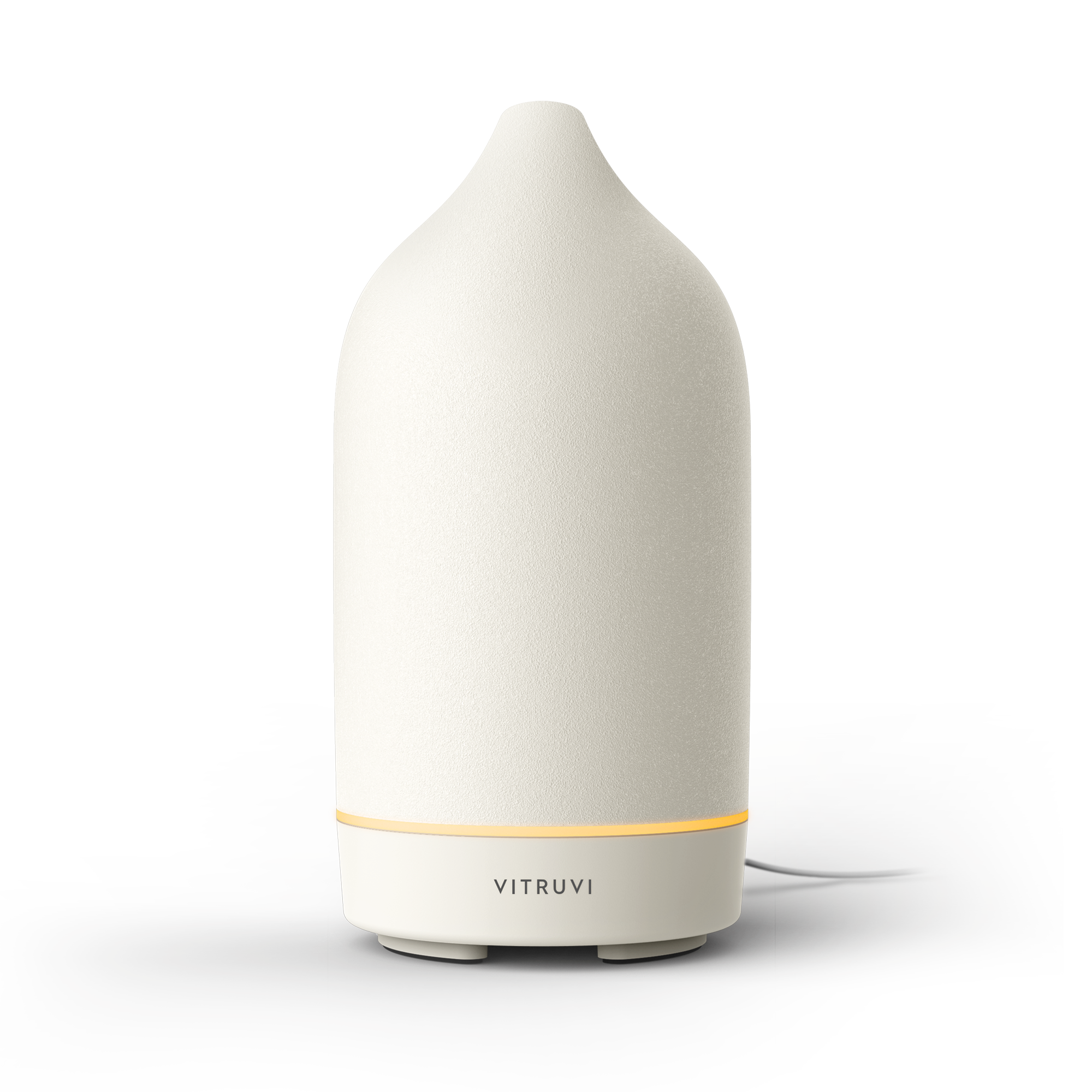You have likely heard of probiotics—which are crucial to gut health—but perhaps not the lesser-known prebiotics: the nutrients that aid their growth. So here’s an explainer.
What are prebiotics?
“Prebiotics are various types of fibers that function as food to promote the growth or activity of healthy bacteria in the human digestive tract,” says Kathleen Mahannah, a naturopathic doctor at Restoration Health Clinic in North Vancouver. Prebiotics are indigestible by your body so that the fibers pass through your small intestine and head to your colon and large intestine, where they become food for probiotics.
What’s the difference between probiotics and prebiotics?
Probiotics are good bacteria that help build immune systems and keep gut microflora happy and healthy. Among their many benefits, probiotics can help improve the skin and address digestion issues.
If probiotics rebalance and protect the body, prebiotics support them in that task. Think of them as the fuel source. While prebiotics aren’t necessary for probiotics to work their magic, they help make them more effective.
Prebiotic benefits
The benefits of prebiotics include but are not limited to:
- Boosting the immune system
- Improving digestion issues like bloating and constipation
- Alleviating inflammation
- Relieving anxiety and stress
- Aiding weight loss
- Reducing the risk of cardiovascular disease
- Reducing high insulin, blood sugar, and cholesterol levels
-
Increasing absorption of calcium and other minerals, which supports bone health
Prebiotic fibers can be fermented by bacteria in the colon, leading to the production of short-chain fatty acids (SCFAs). Mahannah explains that SCFAs are critical for intestinal cell health: “They help to maintain the integrity of the intestinal lining, influence fat and glucose metabolism, and regulate the appetite and immune system.”
Incorporating prebiotics into your diet
While prebiotics can be found in supplements such as capsules (which often also include probiotics) and plant-based powders, they can also be found naturally in many foods. Mahannah notes that “the ultimate goal is to obtain a wide variety of prebiotics from whole foods, including vegetables, starches, grains, and other plants” on a daily basis.
Foods that are naturally rich in prebiotic substances include garlic, chicory, onion, Jerusalem artichoke, wheat, honey, barley, rye, and other grains; there are also drinks like Olipop that are made with prebiotics. However, it’s not always easy or feasible to get the optimal amount solely through diet, and if you have gut issues, it can help to have the extra boost and consistency of supplements to strengthen your gut flora.
What amount of prebiotics should you take?
The amount depends on each individual as well as the type of prebiotic. Mahannah believes that “when it comes to adding prebiotic, fiber-rich foods to your diet, it helps to start low and go slow, especially for those who have digestive challenges such as bloating, constipation, diarrhea, or IBS.”
She says that if there’s a suggested range, such as a half-teaspoon to two tablespoons, to start with the lowest amount first, then “slowly increase the dose over three to seven days while monitoring your digestion. More is not necessarily better when you introduce new fibers and prebiotics; too much too quickly can aggravate bloating, constipation, or diarrhea. These concerns generally can be mitigated with a slow, systematic introduction.”
When should you take prebiotics?
In short, with food. “If powders are used, they can also be simply added to smoothies or into oatmeal,” adds Mahannah, “as these are fibrous foods and supplements.” Drinking lots of water throughout the day is also important.
While both prebiotics and probiotics can be taken separately on their own, they have maximum impact when combined. They’re simply better together.











